Life is all about doing silly things and learn to grow out of it. Ideally, though for the most part, it is hard to grow out of our silly habits. Much like my nine-year journey of committing myself to live with the most impractical car around. A two-door convertible sports car – a first-generation Mazda MX-5 to be specific. The same model that the internet turned into a meme as the exemplar of enthusiast cars.

Okay, its roof did not leak while its boot was big enough to fit a pair of suitcases. So, it was not all that useless, just marginally bothersome in day-to-day chores. Might as well own it while I still can, and it cannot be any worse than my Alfa Romeo. A small price to pay for jumping headfirst into what many generously describe as meme car ownership.
For a few years, the ownership experience lived up to expectations. It wasn’t that big of a handicap as I believed. So much so, I fooled myself into buying another one when I moved to a new country.
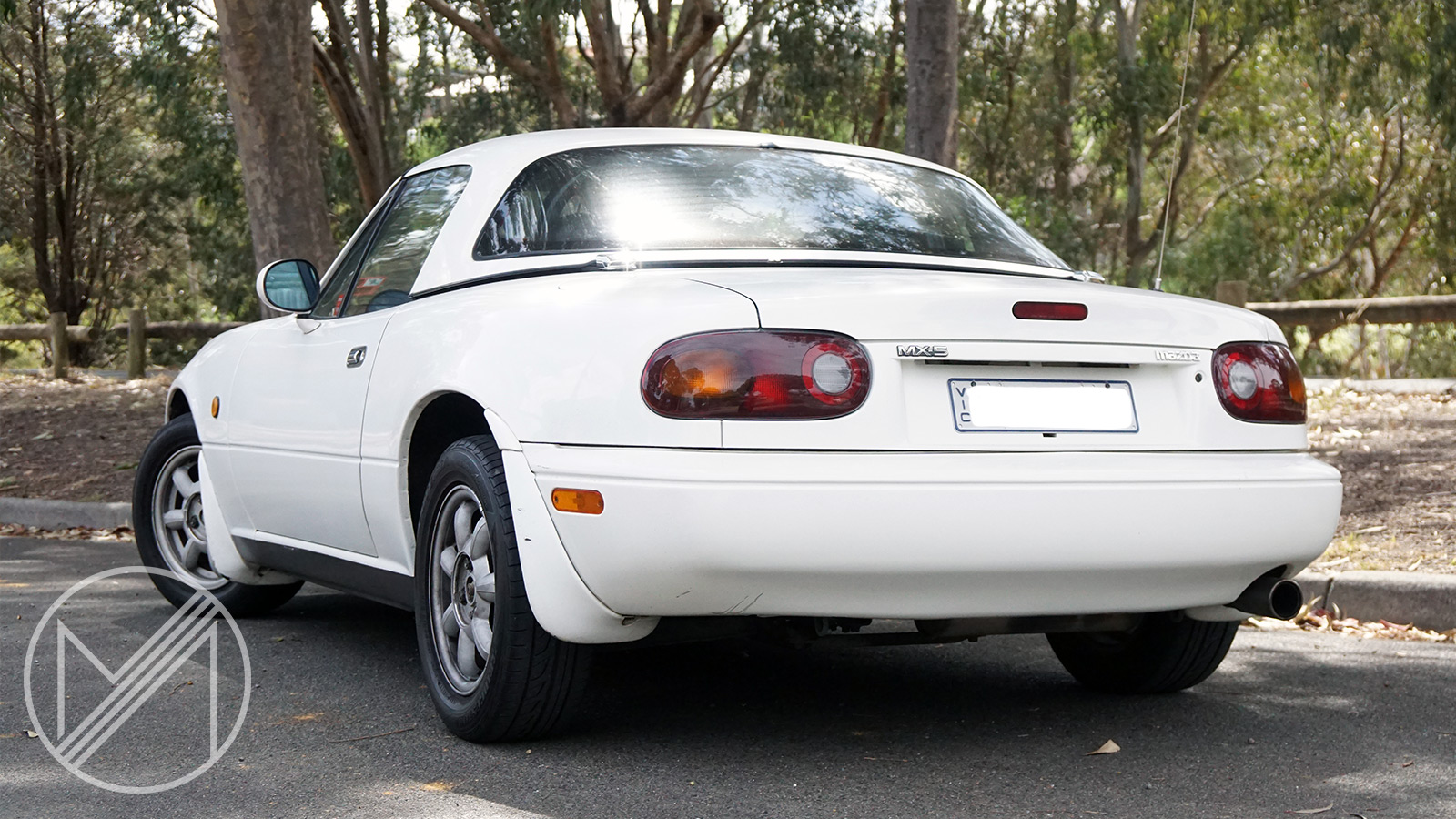
Not as though the first MX-5 problem-free. Far from it, my first MX-5 had the infamous short nose crank engine. That made the engine a trigger-happy bomb for the unaware grease monkey. In addition to that, the air-conditioning piping sprung a leak. Not a big deal, if it wasn’t for the fact that the Malaysian tropical heat turned it into a broiler. Good times.
The luxury money can’t buy
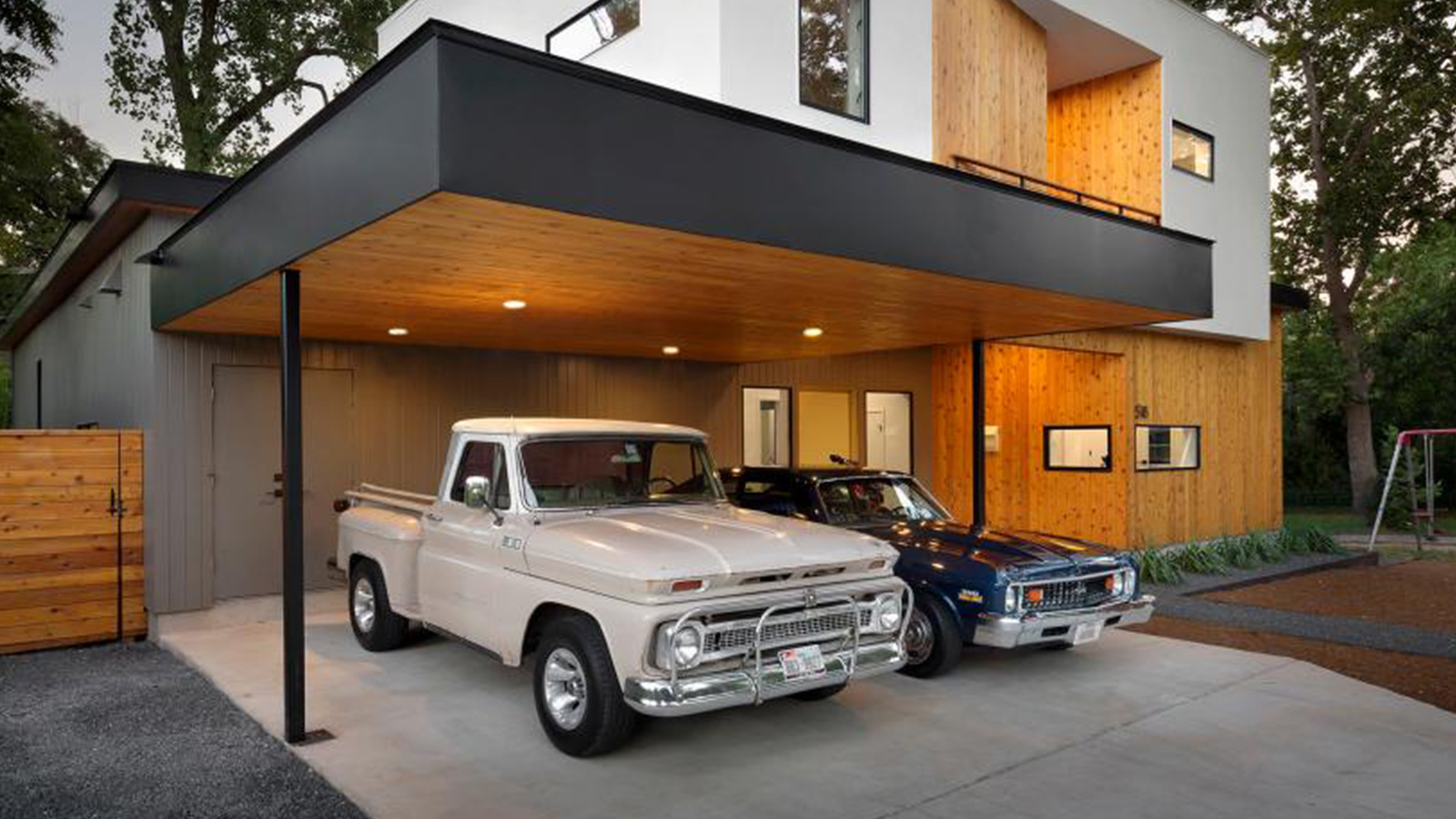
Luckily for my marriage, my second MX-5 turned out to be more reliable, though its overall ownership experience hasn’t been as smooth sailing as the first. Not due to local roadworthiness or taxes, but due to the simple need for parking. Yes, having a designated parking spot makes a huge difference.
Previously I had the “luxury” of having a carport large enough for two cars, one for the MX-5 and another for the Missus. However, our new residence is an apartment block with restricted curbside parking allowance and one designated parking lot. Technically, my household is having one car too many.

For the time being at least, I have been able to keep both the MX-5 and the Missus’ hatchback around. But I’m not going to kid myself that this arrangement could continue. There will come a time when I must decide between keeping the sports car or the hatchback. Though knowing my tendency for bad decisions, the little hatchback might get the boot.
Shrinking spaces

Likewise, I believe that I’m not alone in this situation. Designated parking spaces for residences, particularly in urban areas are becoming a luxury. Denser residential areas with stricter parking regulation are squeezing multiple car ownership out of the picture.
With more people moving into cities, and the urban sprawl spreading out, more and more households will find it hard to own more than one car. And it isn’t as though city planners are going to designate more space for cars any time soon. Social activists want more areas to be opened for pedestrians and cyclists, whereas environmental activists want less private transport and more public transport.

As explained elsewhere, people are forgoing two-door models due to the circumstances of their lifestyles. Contrary to popular belief, the sports car genre is not being replaced by SUVs, but by economic and environmental factors. Because, despite all the doom and gloom, the last decade was an exceptional era for the sports car.
The decade of the sports car

The last decade was brimming with bright and promising sports car models. Alfa Romeo pinned its comeback hopes on the carbon-fibre 4C. Audi sharpened up the TT, giving its famed fashion accessory some performance cred. Ford added a downsized turbocharged four-potter to the Mustang, gifting it the ability to save fuel and steer. MINI created a coupe and roadster spin-off. And Mazda cut the flab and returned the MX-5 to its roots, giving Fiat a base to revive its 124 Spider.

Speaking of revival, Alpine is back with the A110. Toyota created a tribute to the Corolla AE86 and brought back the Supra. Volkswagen resurrected the Scirocco name. And Morgan kept to its pre-war roots to create a tribute to its odd 3 Wheeler.
If nostalgia isn’t your thing, automakers have been toying with the future as well. BMW created a cutting-edge eco-friendly hybrid sports car. Honda tested the public appetite for hybrid tech with its CR-Z coupe and brought back the NSX as an “affordable” Porsche 918.
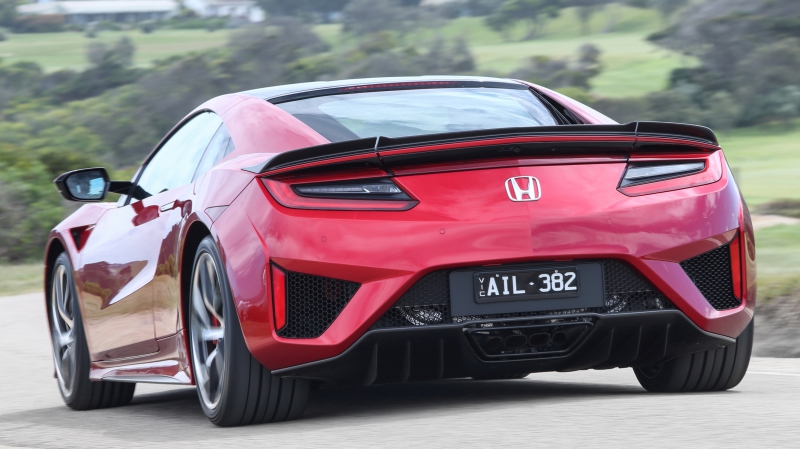
Even if two doors and snug cabin for two isn’t your taste, the sheer class of cars in the hot hatch market will still deliver the pace. Not to mention how adept the average performance sedan has become in recent years.
False signals and false dawns
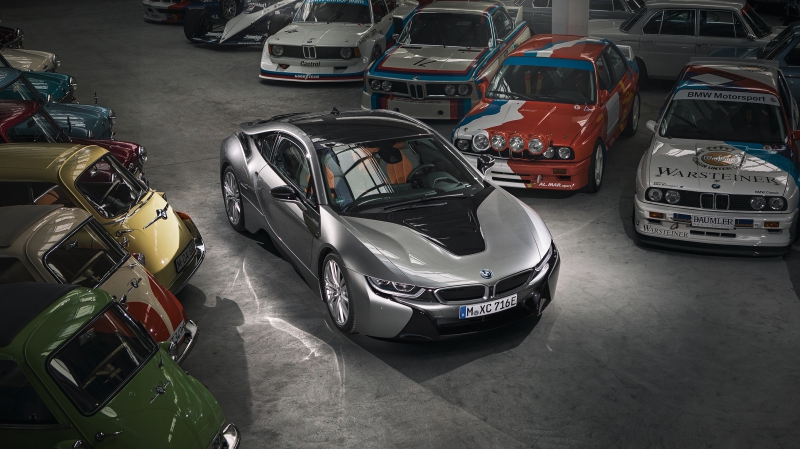
Okay, there were a few casualties as we step over into a new decade. Alfa Romeo has recently retired the 4C, and so did BMW with its i8 hybrid sports car. The two-seater MINI twins bombed out of the market. Whereas Mercedes-Benz just gave up on the SLK roadster. Peugeot let the gorgeous RCZ coupe to run its course without a replacement. And so too did Volkswagen leave the Scirocco to die a natural death. As did Honda with its CR-Z.

Other notable events that prompted doomsayers was Nissan’s cancelled IDx concept and its dithering over its next Z sports car. Though that had might have more to do with internal indecision and fortunes than prevalent trends.
Then there was the false dawn of the aborted Audi Quattro coupe concept and the eternal state of limbo of British sports car maker, TVR. Both did not create a convincing enough case to justify its existence in the first place.
The barrier of nostalgia
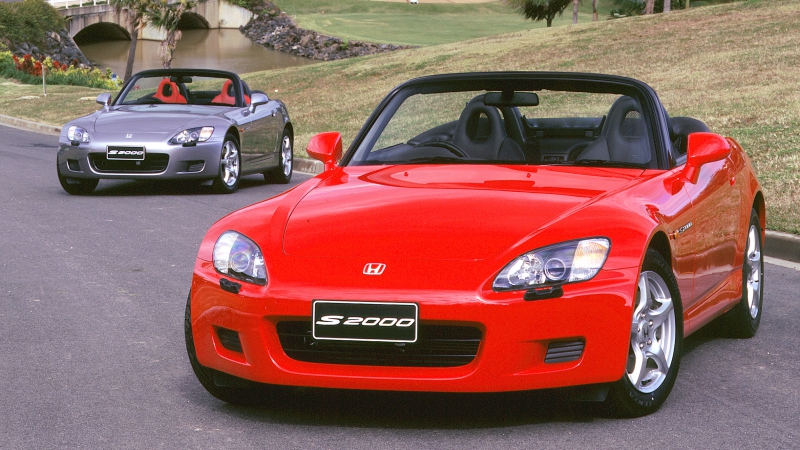
Unfortunately, pessimism in the news sells, and even the slightest indication of a rout in the market is good enough evidence to declare that the sports car is on its way to death row. Most pundits will continue to mourn the disappearance of icons like the Honda Integra and S2000, Mazda RX-7, Mitsubishi Eclipse, Nissan Silvia, or the Toyota Celica and MR-2. Strange that it is all Japanese cars. And cars that hailed from a unique era that comes once in a generation.
Everyone will inevitably wax lyrical of cars from a bygone era. You can’t win in fighting one’s idealised memories. In those memories, the cares of the world cease to exist. Fuel is cheap. V8s are affordable. Traffic is absent. The weather, forever perfect. Nostalgia is a hell of a drug. Particularly, when you are being bombarded by weaponised pessimism in the now.
SUVs – The pathway to success

To the mind with an eye stuck firmly on the past, one can’t help but feel overwhelmed by the deluge of that great sports car antithesis – the SUV. Not to mention that a return of the great sports car icons seems nowhere in sight. Never mind that SUVs are the main reason why automakers like Porsche have a secure future to create wonders like the incredible Taycan electric car.
And so, we find ourselves in a strange, disconnected reality. Automakers that are doing well, with a growing product line-up of SUV models, are still building sports cars. Porsche and Toyota have greatly expanded its sports car offerings thanks to the successes of its SUV models.
Sports cars are still in the picture

The crux of the issue is the constant justification given by automakers for the introduction of more SUV models sounds as though it comes at the expense of its sports car line-up. That is partly true as is the case with Alfa Romeo, BMW, Honda, and Volkswagen discontinuing its sports car projects while adding more SUVs to its range. However, these four companies have shared circumstances of facing declining fortunes, which is preventing them from financing a sports car model line.
Curiously, the sports car model is still an integral part of even the most accountant-minded business. The industry is still rife with examples of this. Ford and Nissan’s have both shown its determination to preserve its Mustang and Z car respectively. Even bottom line-sensitive Toyota and Renault have spiced up its model range with the revival of the Supra and Alpine.
End of the road for some sports car models

Though there has never been a better time for the sports car market, it won’t last for long. Just as how Japan’s infamous “Bubble Era” bore many legendary sports car models, the automotive world is currently going through a golden era. One that is fast approaching a tremendous and challenging barrier.
The fate of sports car models from Alfa Romeo, BMW, Honda, and Volkswagen, demonstrates that company fortunes are a considerable determinant on whether it stays. Currently, there are more important things at hand to consider.
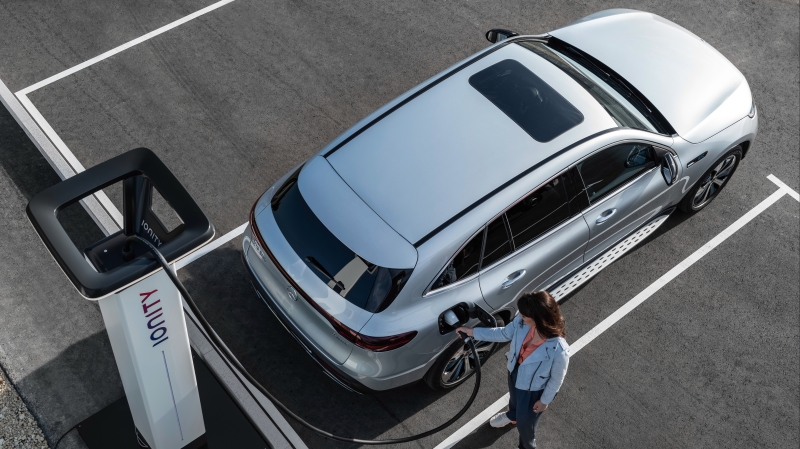
Like Volkswagen, Mercedes-Benz ended its glorious run of luxury coupes to plough its money into electric cars. BMW is considering following its rival from Stuttgart, by discontinuing the 8 Series coupe for more electric models.
On top of that are the challenges households will face with a one-car option. Would you commit to a frivolous sports car if it will be your only car in the household? What would happen if you have folks over? Or if you needed to move a piece of furniture? Fancy a long road trip to the countryside? Well, with so many considerations, why not get a one-size-fits-all solution? An SUV.
Jack of all trades, master of everyday life

That is what a lot of pessimists get wrong. SUVs are not stealing consumers, so much as consumers can’t justify committing to owning a sports car if it is their only car.
Most of the time, SUV owners are just looking for a one-car solution that would be able to meet all their needs. And automakers are all too happy to meet that demand. Even I can concede that if given a one-car allocation, having something like a Toyota C-HR is more appealing than an 86.
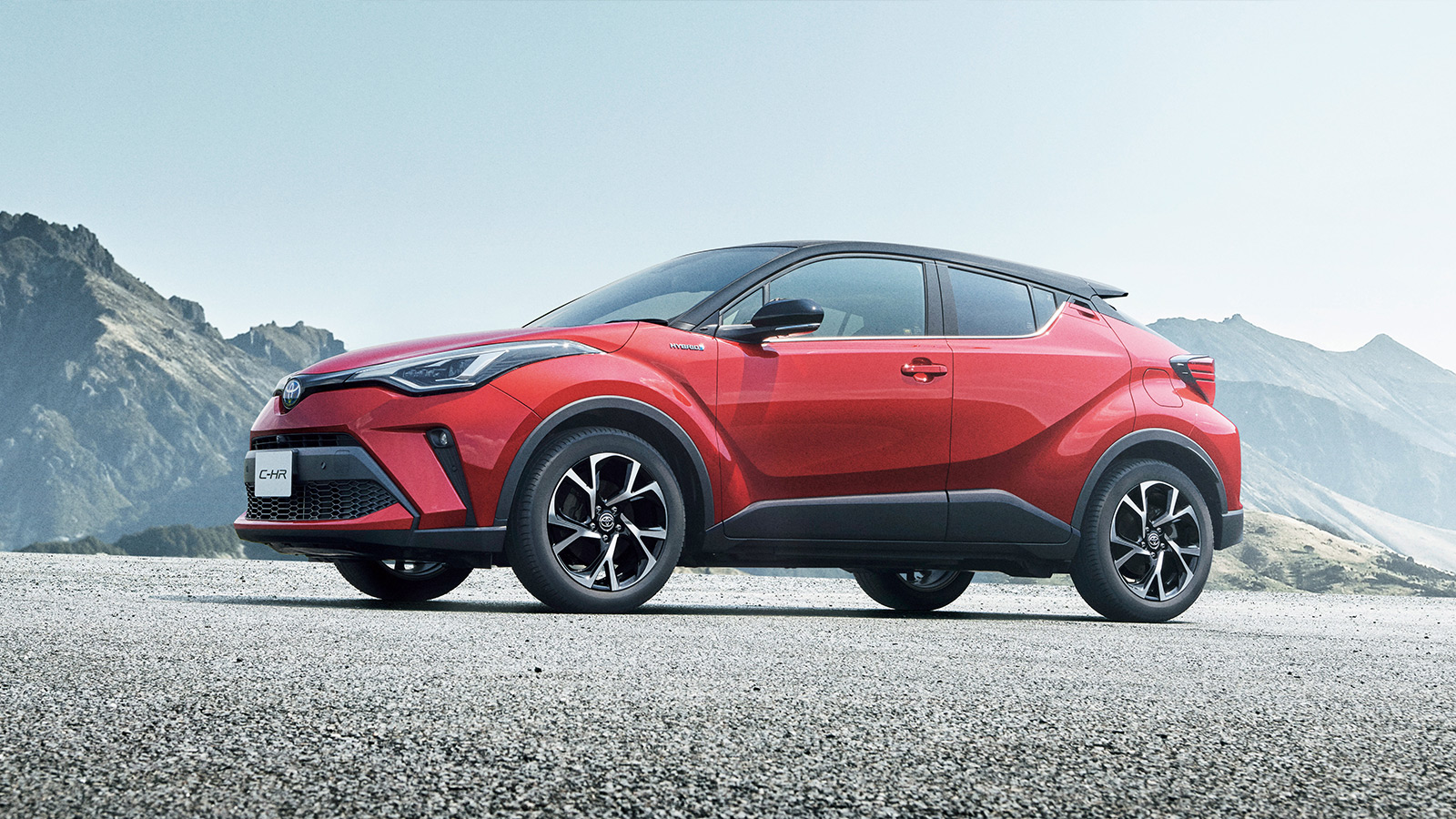
However, I wouldn’t say “no” if given the option to swap cars now and then. Imagine being able to trade your C-HR school-runner for a Supra for the oft chance you get a weekend to yourself. It is like having your cake and eating it too. Or at least, that is what proponents of the car subscription model are proposing.
The car subscription question
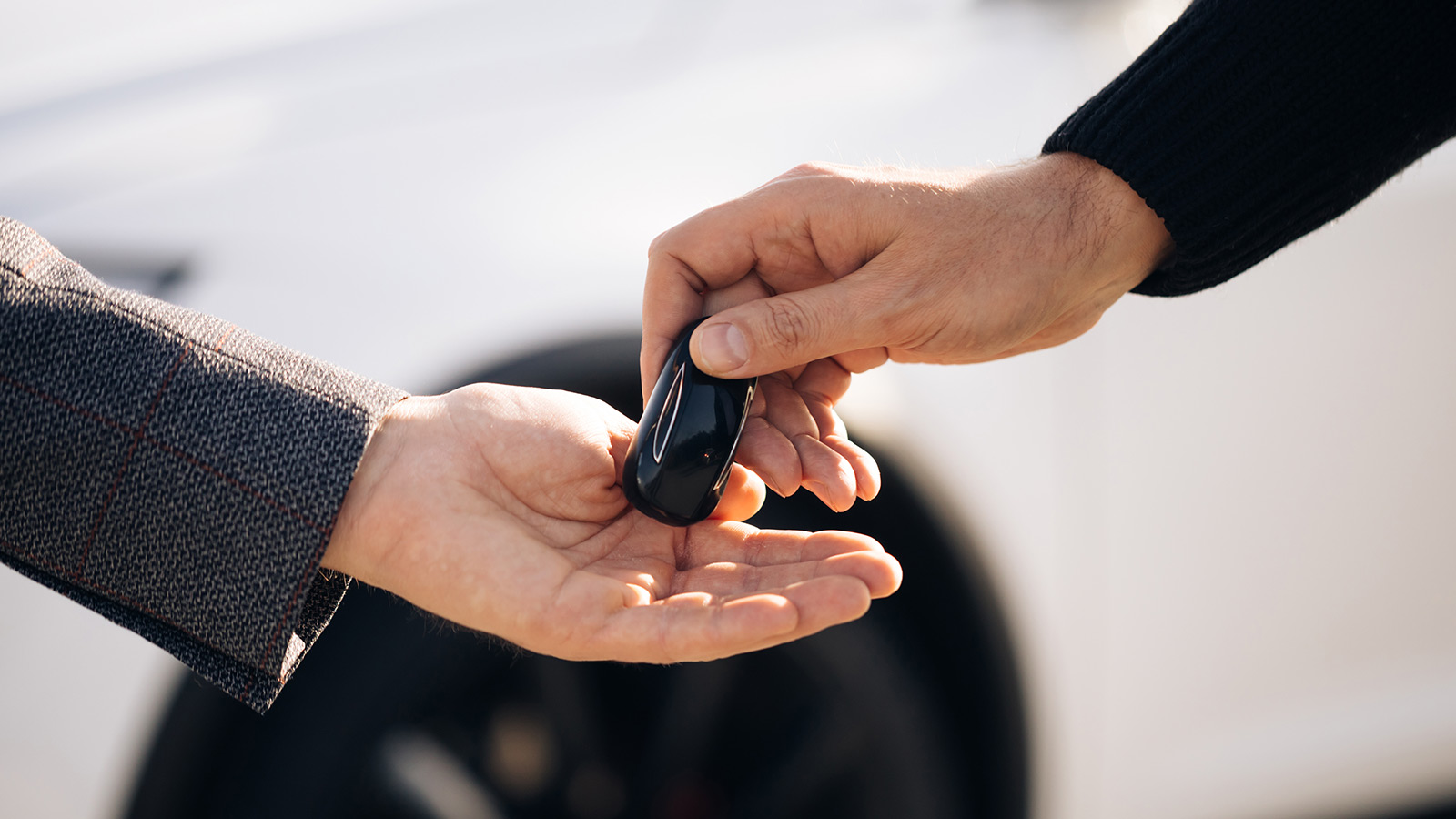
On the face of it, that sounds ideal for single-car households. From a traditional car ownership perspective, it sounds daft. Sleazy even. Just a level above timeshare schemes with a shinier veneer.
Will consumers subscribe to “owning” a car like they would with streaming movies and music? The jury is still out on this one as a handful of companies have trialled the service with mixed results.

It isn’t as though the notion of “paying a subscription” is too outlandish amongst today’s car owners. Many are already participating in a form of a subscription, it’s called leasing. Leasing has nearly the same limitations and caveats of ownership as a subscription model might imply.
In fact, for many individuals, subscription services might work better than outright owning the car. In the same way, leasing has grown in popularity thanks to its guaranteed value and shorter-term ownership.

However, where leases will bind you to a car for several years, a subscription service is shorter with a more laxed commitment. In addition to that, subscription services would take care of maintenance and consumables – like engine fluids and tyres.
Experiences over ownership

The biggest draw to subscription services is the promise of being able to rotate between models. Idealistically, just as how a movie and music streaming subscription service, a simple fee would give subscribers a big selection of models to choose from – be it family cars, SUVs, or even the odd sports car.
Though subscribers would never own the model like a conventional purchase, they won’t be signing their life and finances away to one particular car. And as people are demanding more “experiences” while experiencing wage stagnation, having to avoid the financial black hole that is new car ownership is an appealing proposition.

Furthermore, a subscription model would incentivise automakers to consider keeping a sports car model range around. After all, having a performance model to subscribe to alongside your family-friendly SUV would directly bolster the desirability of an automaker’s subscription model.
Would you want to sign up for Toyota, with the option to swap for a Supra now and then? Or how about Nissan and its 400Z? That will make car companies like Volkswagen quickly reassess its decision to kill off the Scirocco.

Though Volkswagen could take a leaf off Geely’s book, which mooted the idea of allowing subscribers to cross brands. Fancy a Volvo XC90? Well get a subscription and you can jump into a Lotus Exige for the weekend. A very enticing prospect indeed.
Ownership and individualism

Unsurprisingly, the toughest audience to sell this concept too would be the traditionalists. The idea of “subscribing” to a sports car, goes against the notion of it being an object of personal pride. Ever since the rise of the car, the entire business model taps into customer aspirations and their sense of individualism. Nowhere is this aspect more evident than it is in the sports car business.
However, as Henry Ford’s “faster horses” quote succinctly summarises, traditionalists and enthusiasts do not speak for general audiences. For the average individual, the thought of having the oft chance of experiencing sports car ownership without having to commit to permanent lifestyle changes or long-term financing.
A promising avenue

Not to say that subscription services would replace car ownership entirely. While subscription services are growing into a USD 40 billion industry by 2026, many automakers still see car ownership as its bread-and-butter. How else are they going to market their cars to people who live outside of urban areas?
In the long run, the subscription model is worth exploring. As permanent multi-car ownership is becoming more difficult for a greater number of households, it is a viable way of tapping into the spending potential of urban customers.
Furthermore, subscription services would allow individuals who would have never considered sports car ownership to give it a try. Who knows, they might find it easier than they’d imagine and become a buyer instead. It is a smarter idea than jumping straight into it as I did. If subscription services take off, my blind faith in the MX-5 ownership might look even sillier.

